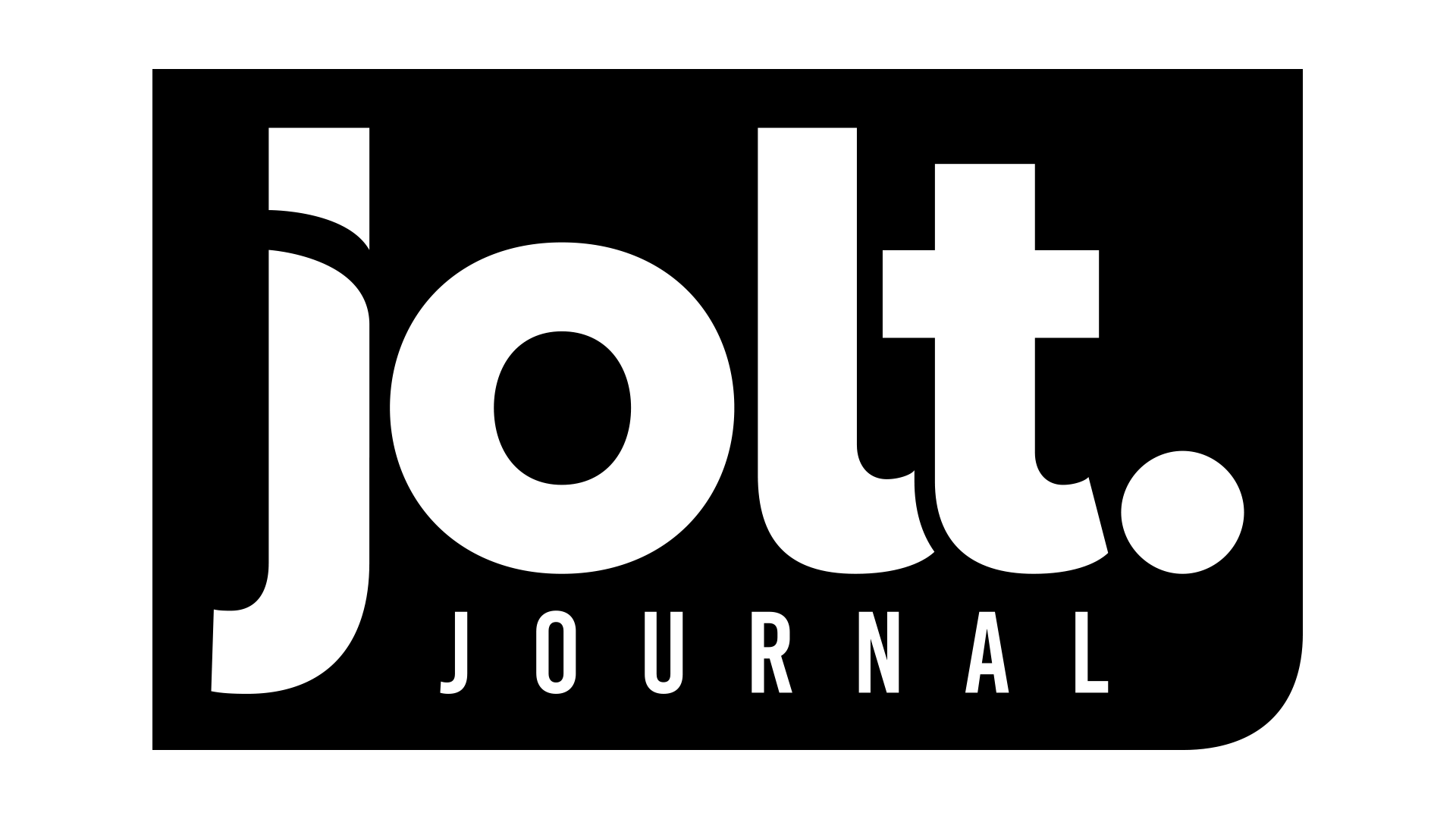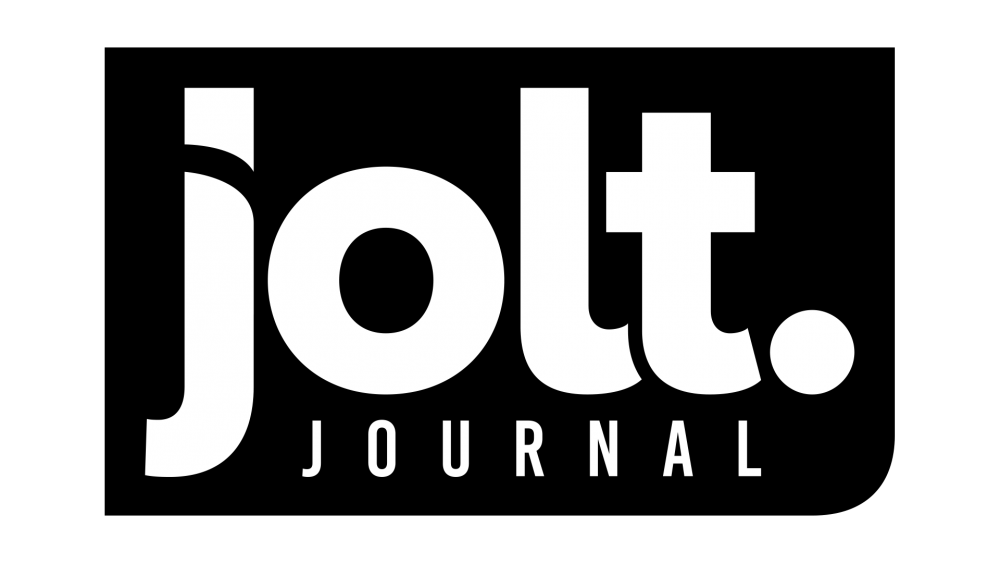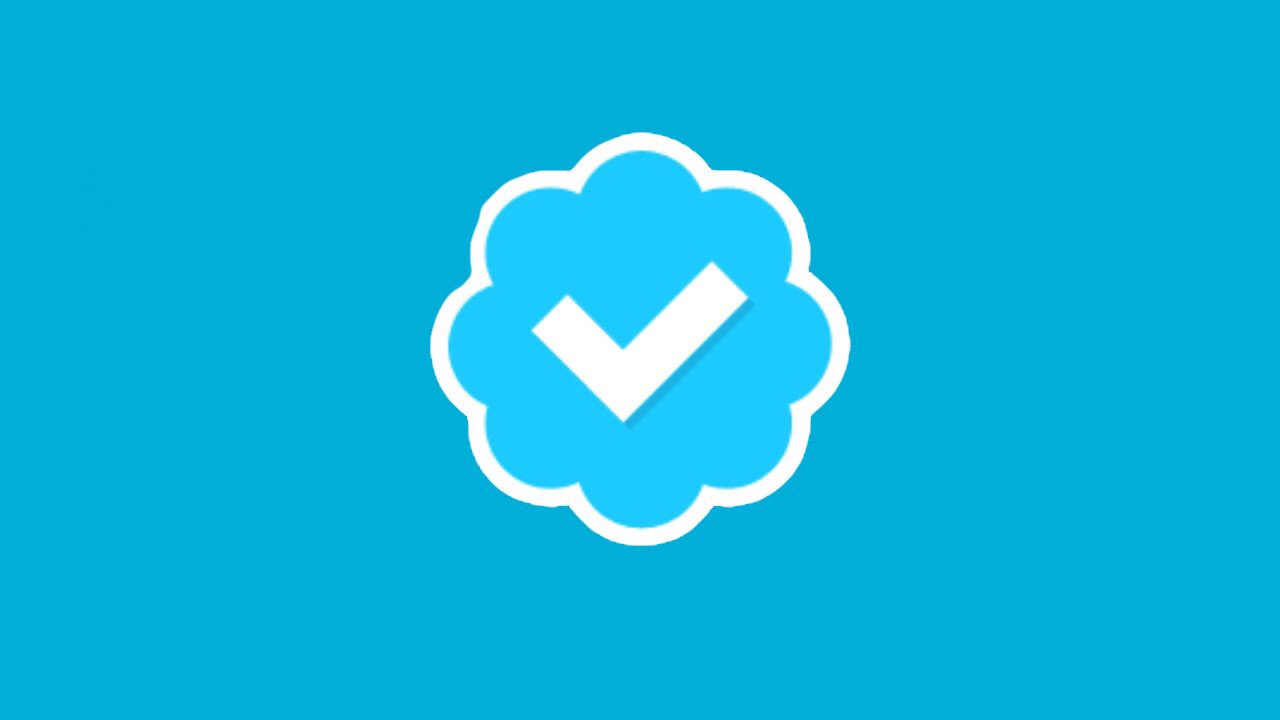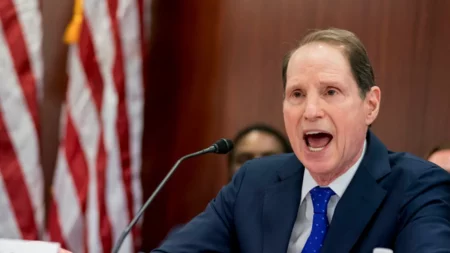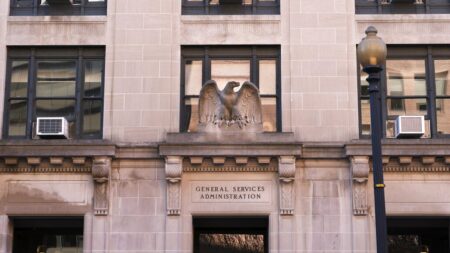Twitter has had a fairly rough year so far. Let’s be honest though, it’s been more than a year for Twitter and its continued struggles. The company has found itself in trouble after it approved a verification badge for a white supremacist named Jason Kessler on Wednesday. Since Twitter did this, users have erupted against the company and surrounding controversy continues to increase. Kessler organized the Unite the Right rally in Charlottesville this past August. Heather Heyerdahl, a protester, died in the rally, and afterwards, Kessler called her “a fat, disgusting communist,” and went on to say that her was “payback time.”
The question to ask yourself now is: what does it mean to be verified? Up until now, there were certain guidelines that you had to follow in order to be eligible for the blue badge. For example, the little blue badge allowed celebrities on the platform to be genuine so that people don’t impersonate them. Now this new controversy with Jason Kessler has come up.
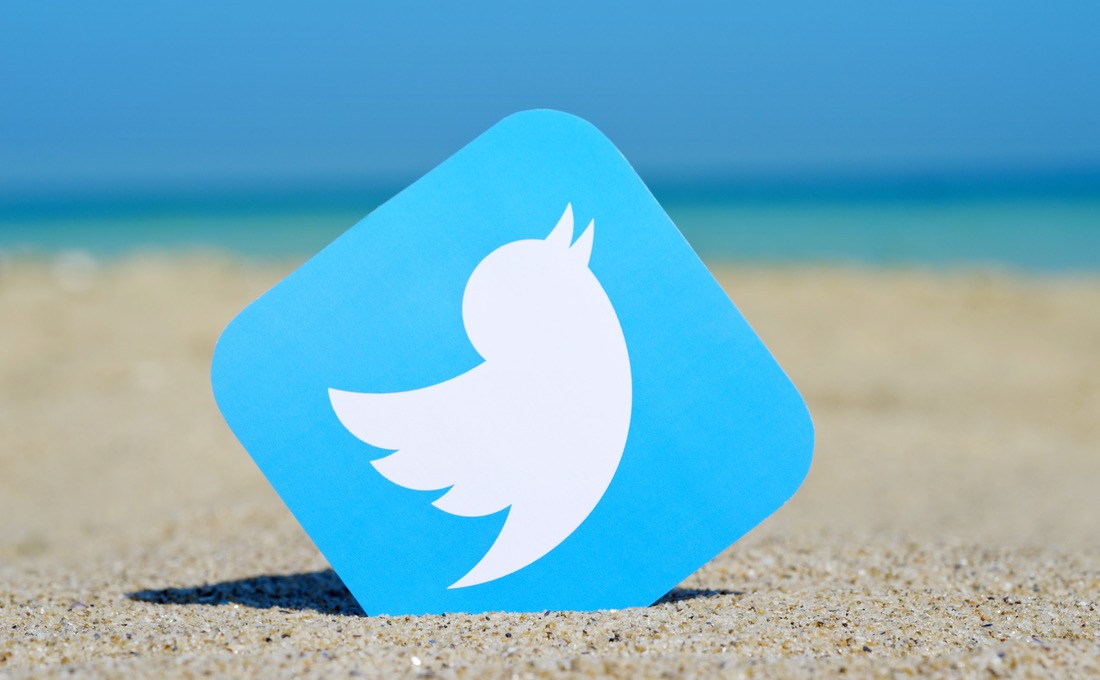
With a whole new issue on its hands, Twitter could do nothing but apologize and promise to work on a better solution. It’s come so far that even high-profile users were taking a stance and calling out Twitter.
Actor Michael Ian Black, who is a prolific Twitter user, threatened to quit using the service. His tweet attracted more than 12,000 retweets so far.
https://twitter.com/mrdonut/status/928656125020446720
Seeing all the controversy around the decision for Jason Kessler, Twitter responded. The company said that it will no longer verify any accounts, putting in stone that the company has temporarily suspended its verification program until it can come up with a better solution.
Here’s what Twitter said:
Verification was meant to authenticate identity & voice but it is interpreted as an endorsement or an indicator of importance. We recognize that we have created this confusion and need to resolve it. We have paused all general verifications while we work and will report back soon
— Twitter Support (@TwitterSupport) November 9, 2017
Now that we have gotten a response, what exactly is so special about the verification program? Well, at first it was an authentic badge, but overtime, verified users were granted special tools. Verified users were given analytics for their account, which were otherwise only available to advertisers, showing them how their tweets performed, and even more in-depth analytics. It went so far as when Twitter announced the keyword filters that were designed to combat abuse, Twitter’s verified users had access to them first.
People often confuse the Twitter verification badge as an endorsement, which is up for debate. This came to bite Twitter and everything exploded. By approving the verification for Jason Kessler, users went into outrage because people were holding verification and endorsement in the same hand.
Twitter on the other hand has been here before. CEO Jack Dorsey and Twitter have strived to be more open about inner working of the company, disclosing, for example, what happened to the person who suspended President Donald Trump’s Twitter account last week. They reported that it was the employee’s last day on the job and the event occurred. While it’s appreciative that Twitter is more open about things, we’ve also learned that Twitter’ internal decision-making processes are lax and inconsistent. Right now though, Kessler’s account remains verified. What will happen from here is anyone’s guess. We’ll just have to wait and see what Twitter handles this situation.
